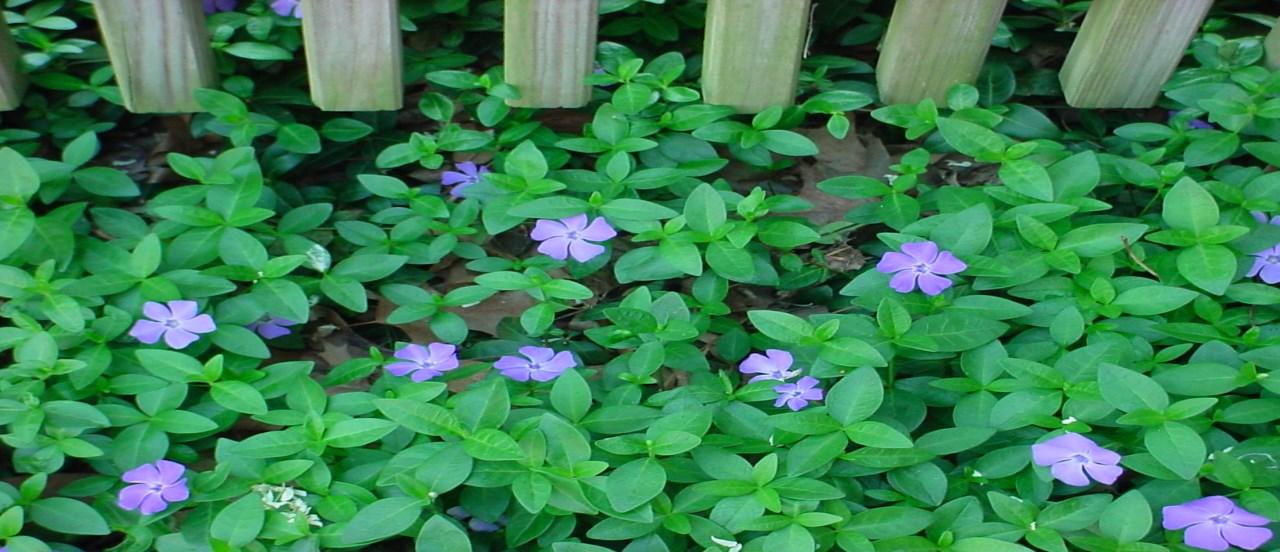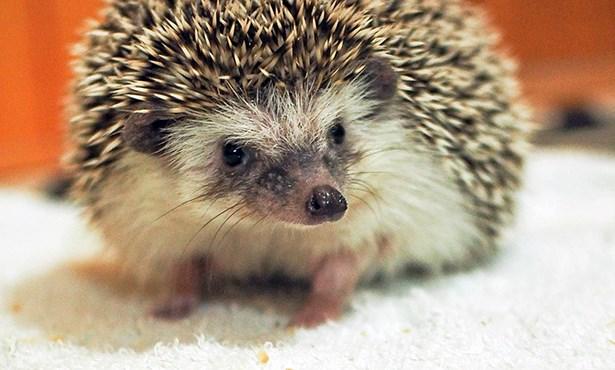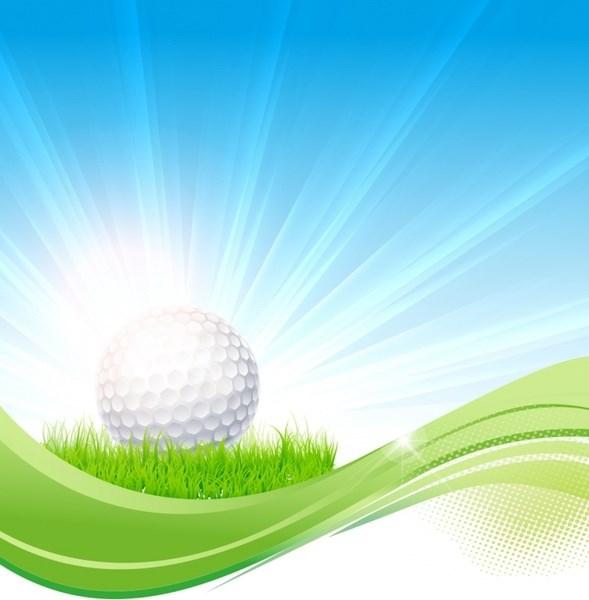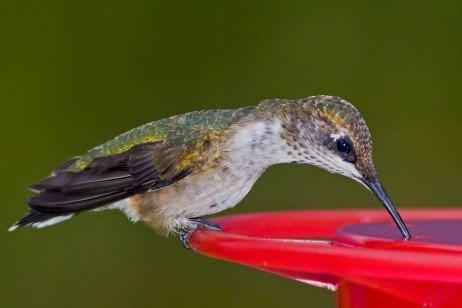
3 minute read
Proper Lifting for Gardeners
openings. Commercial "nectar" mixes are available but are no better than those you make yourself.
Placement
Advertisement
Place feeders close to plantings of hummingbird flowers and in a location where you can watch the feeder. Hummingbirds are very aggressive at feeders. If a number of birds are fighting over one feeder, set up an additional feeder away from the first one.
Timing
Feeders should be placed outside as soon as the first flowers come out in spring, because hummingbirds follow the blooming flowers north in their spring migration. Leave the feeders out until September, when the birds leave Pennsylvania to migrate to Central America for the winter.
A concern that feeders keep hummingbirds from migrating and hold them in northern areas has proved to be unfounded. The primary clue hummingbirds use to migrate is change in day length. Therefore, feeders can be kept up until birds quit using them. Generally, you can take them down when they have not been used for a week or more.
Maintenance
Replace the sugar solution every three to five days and clean the feeder before adding a new supply. Wash the feeder thoroughly with soap; you can use a weak bleach solution to sterilize the feeder. Vinegar may be used to clean feeders too. Just be sure to rinse thoroughly with hot water to get rid of the vinegar. Remove the plastic flowers and scrub inside them with a small brush. Make sure to rinse all parts thoroughly before refilling with sugar solution.
Feeders may attract bees, yellow jackets, wasps, hornets, ants, or other unwanted species. Some feeders have "bee guards" on the openings. These allow a hummingbird's long bill and tongue to reach the sugar solution but prevent bees or other flying insects from reaching it. Bee guards are not foolproof, because hummingbirds often splash sugar water on them, but they do help cut down the bee problem if you clean the feeder regularly. You can also put cooking oil, petroleum jelly, or mineral oil on the outside of the feeder around the feeding holes, and on the wire from which the feeder is suspended. This makes it more difficult for ants, bees, and other insects to land or walk near the feeder openings. Again, this method is not foolproof, but it will reduce insect problems. Dr. Leonard Perry, Horticulture Professor, University of Vermont
Back injuries are second in the number of injuries, only to fingers and hands. Most back injuries come from improper lifting, lowering, pushing, pulling, and carrying—all activities we perform in the garden. Here are some basic principles which apply to any means of lifting, lowering, and carrying, whether at the gym, home, store, or in the garden. They apply whether lifting bags of fertilizer off a shelf, bags of compost, lifting rocks or pulling weeds.
Start slowly, don’t rush, don’t jerk. Move weights or objects in an unhurried, controlled manner.
Use good form, or body position. This is more important than the amount you can lift. If you have problems keeping good form, decrease the weight or get help from another person or with some aid as a dolly.
Make sure to breathe; the tendency for some is to hold your breath when lifting.
Make sure to keep your feet all on the ground, don’t rock back on your heels.
Lift with your legs and not your back. Not doing so is the main cause of back injury when lifting. Lift with your knees and waist bent, not your back. Keep your back straight. Knees should be directly above your toes, your shoulders above your knees. If this isn’t happening, try taking a wider stance with feet further apart, and toes pointed outward slightly.
You can look down at the object to lift, but when lifting keep the head in a neutral position looking forward— not up, not down. This creates less stress on your neck muscles.
Keep objects close to your body when lifting. Holding them at arm’s length increases the weight on your






